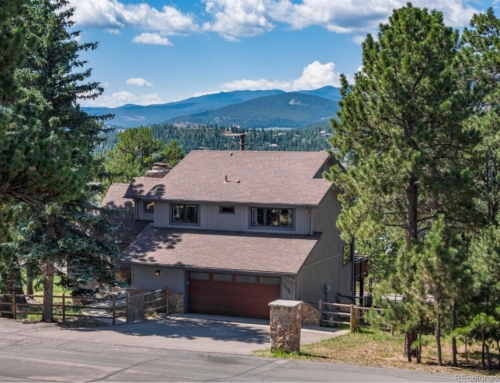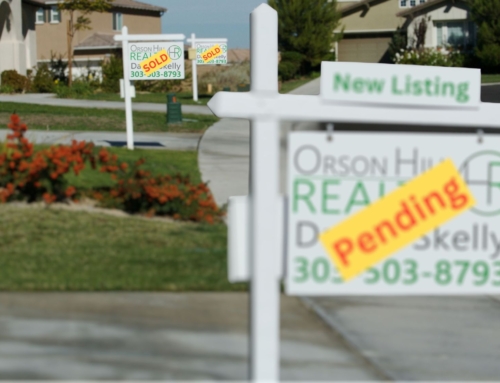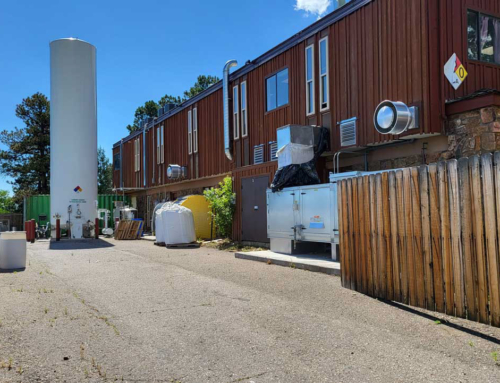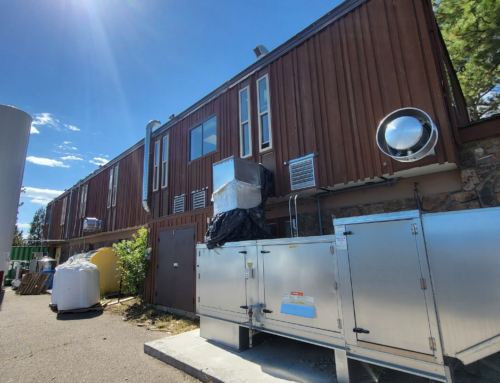
Home Foreclosure Evergreen Colorado Process: Understanding the Steps Involved
With the market conditions shifting we will start to see more short sales and foreclosures in Evergreen Colorado. Evergreen is always below national for foreclosures but people in Evergreen are foreclosed on just like the rest of the world. We are not exempt.
Home foreclosure is a legal process in which a lender, typically a bank or mortgage company, reclaims a property from a borrower who has defaulted on their mortgage payments. Foreclosure occurs when the borrower is unable to make payments on their mortgage, and the lender takes control of the property to recoup their losses.
Here is a step-by-step guide to the home foreclosure process:
- Default on Your Evergreen Home Mortgage Payments: The first step in the foreclosure process is when the borrower defaults on their mortgage payments. This usually occurs when the borrower misses one or more payments, and the lender sends a notice of default.
- Evergreen Colorado Notice of Default: The notice of default is the first formal step in the foreclosure process. This document informs the borrower that they have defaulted on their mortgage payments and that the lender intends to foreclose on the property.
- Pre-foreclosures in Evergreen Colorado: After the notice of default, the property enters the pre-foreclosure stage. This is a period during which the borrower can attempt to resolve the default by paying the missed payments, negotiating a new payment plan, or selling the property.
- Home Auction Evergreen CO: If the borrower is unable to resolve the default, the property will be put up for auction. During the auction, the property is sold to the highest bidder, typically a third-party investor.
- Foreclosure Sales Evergreen: If the property is sold at auction, the sale is final, and the property is transferred to the new owner. The former homeowner no longer has any rights to the property, and they may be evicted if they are still living in the home.
- Eviction: If the former homeowner does not leave the property voluntarily, the new owner may initiate the eviction process. This involves a court proceeding in which the homeowner is ordered to vacate the property.
- Deficiency Judgment: In some cases, the amount received from the sale of the property may not be enough to cover the remaining mortgage debt. In these cases, the lender may seek a deficiency judgment against the borrower, which is a court order requiring the borrower to pay the difference.
It’s important to note that the length and specifics of the foreclosure process may vary depending on the state and local laws. If you’re facing foreclosure, it’s a good idea to seek the help of a professional, such as a real estate attorney, to understand your rights and options.
In conclusion, the home foreclosure process is a complex and emotional experience that can have a significant impact on a homeowner’s financial and personal life. Understanding the steps involved in the process can help homeowners prepare and make informed decisions during this difficult time.

Orson Hill Realty is a real estate company in Evergreen, Colorado that serves the Denver Foothills and the Denver Metro. Orson Hill Realty can assist in any size real estate transaction from small land listings to luxury listing agents and buyer brokers.
Orson Hill Realty has experienced listings agents and buyer agents. Our Realtors know how use high tech digital marketing mixed with old school marketing to sell your home faster and for more money.
This technology also helps buyers find their home faster. That way a buyer never misses the perfect home again. Any real estate agent in this day and age that doesn’t leverage technology is not doing their clients any favors. All Orson Hill Realty real estate agents are Realtors.
Orson Hill Realty is a full-service Colorado-based real estate company that offers professional real estate agents and brokers to assist you in your buying or selling process. Our agents are well-versed in the local community and have a strong online presence, making them highly effective in their field. For buyers, we offer online listing alerts and a user-friendly portal to facilitate an efficient home search, with access to homes not yet on the market, and for sellers, we advertise on a wide range of listing websites to ensure high visibility for your listing.
As realtors, we are dedicated to upholding a higher level of ethics and experience in our business, and we are deeply invested in the community, with active participation in various local events and activities. Our real estate agents possess a wealth of knowledge on the local area and know how to negotiate the best prices for your needs. We offer excellent services for luxury homes and horse properties, although we handle any size real estate transaction with utmost professionalism.
Our company places a strong emphasis on technology, recognizing the importance of an online presence to meet the demands of our fast-paced industry. With multiple high traffic websites and digital marketing strategies, we ensure that your property is marketed throughout the internet to reach a wider audience. We are dedicated to providing luxury services to all our clients, regardless of the price point.
Orson Hill Realty
Ask me about Southwest Florida real estate









Leave A Comment
You must be logged in to post a comment.